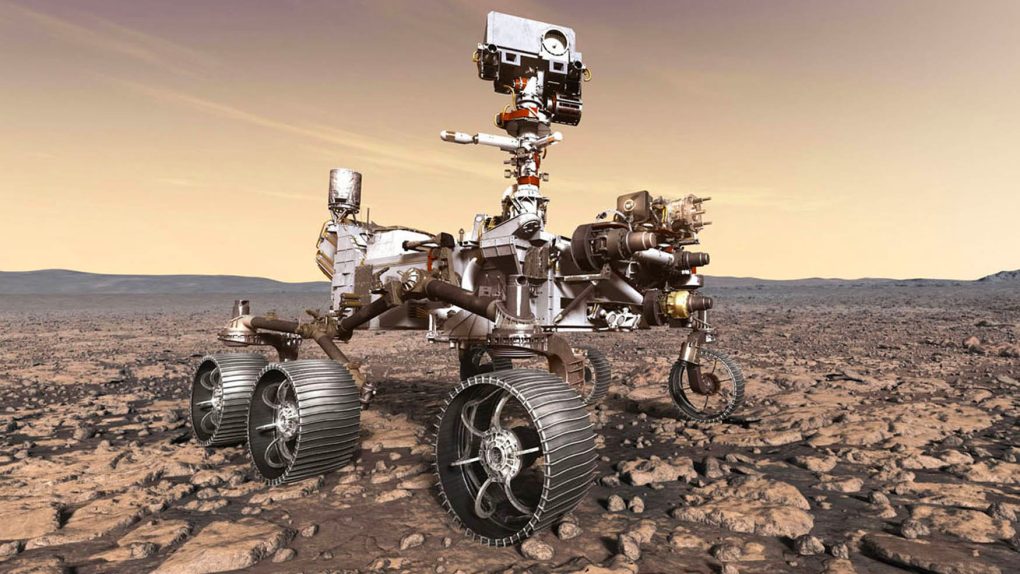NASA’s Perseverance rover has done the unthinkable. Or, at least, a small device on the rover has. According to a tweet and article shared by NASA’s Perseverance team on Twitter, a device known only as MOXIE has proven that we can generate oxygen on Mars using the planet’s CO2-concentrated atmosphere.
This tech is a huge boon, and the success of this story could help pave the way for future oxygen generation on the Red Planet, something that would make long-term exploration of the planet far more feasible.
MOXIE, which is actually known as the Mars Oxygen In-Situ Resource Utilization Experiment, has shown that it can generate oxygen on Mars 16 times in a row, the report claims. Further, NASA says that over the past two years, as this mission has been carried out, the little device has generated enough oxygen for a small dog to breathe for 10 hours.
While that isn’t nearly enough oxygen for explorers to start running around freely on the planet, it is a nice bit of progress that could be expanded on in the future, to create more effective oxygen generation systems on the Red Planet.
The ability to generate both oxygen and even artificial gravity would be vital to long-term missions on planets like Mars. Not only because of how far away the planet is, but because of how long the journey takes to get there. Being able to ship resources to those planets isn’t going to be easy, so the more that we can generate there on-site will be important.
This MOXIE experiment just proves that the science is there to make this happen, and with a little luck and a lot of hard work, we could see NASA’s manned mission to Mars set for the 2030s actually taking advantage of some really cool tech.








